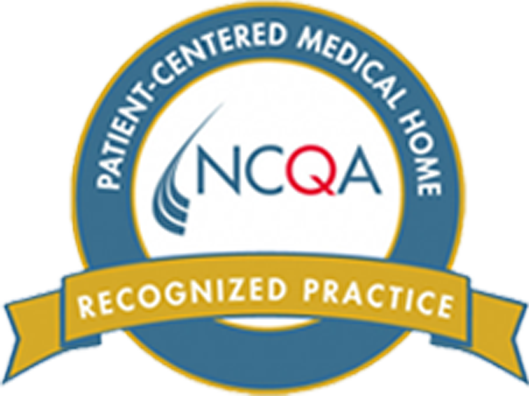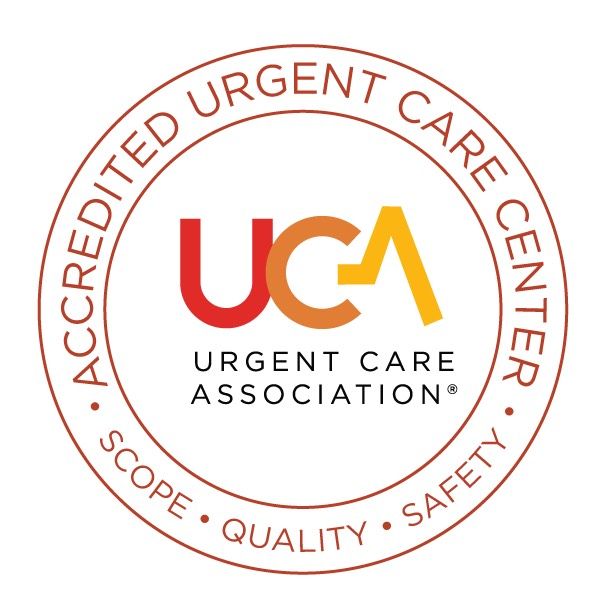ADHD/ADD Evaluations
Evaluation And Diagnosis of Symptoms
Our trained professional staff will do the initial evaluation if you think your child is having problems with focusing and attention. We also continue to treat your child after the initial diagnosis has been made.
The ultimate goal in the treatment of ADHD/ADD is to make your child as successful as possible in all aspects of his/her life.
ADHD FAQs
What is ADHD?
Children with attention-deficit hyperactivity disorder or ADHD have differences in their brains than those who don’t have ADHD. Certain areas of their brain may mature more slowly. Additionally, children with ADHD have imbalances in neural networks and neurotransmitters, the chemicals that nerves use to communicate.
Knowing that ADHD has a neurological basis is important because it helps parents understand that their child isn’t disobedient or oppositional on purpose. Instead, children with ADHD need help to learn to control their behavior.
The brain differences are also important because they occur in specific areas responsible for skills such as self-regulation, organization, working memory, problem-solving, reasoning, and time perception. The brain areas affected determine your child’s ADHD symptoms.
What symptoms develop due to ADHD?
ADHD symptoms fall into three categories: inattentiveness, hyperactivity, and impulsivity. Some children may only struggle with inattention, while others have trouble with two or three categories.
Each child has a different range and severity of symptoms. However, their symptoms are severe enough to affect their performance at school, at home, and when socializing.
When children struggle with inattention, they:
- Can’t pay attention at school or while playing
- Have difficulty organizing tasks
- Avoid tasks requiring mental effort
- Lose important items
- Forget to do homework and chores
When children struggle with hyperactivity and impulsivity, they:
- Fidget, squirm, or get out of their seat during class
- Run or climb when it’s inappropriate
- Talk excessively and interrupt conversations
- Have a hard time waiting for their turn
- Act or speak without thinking
Children and adolescents with ADHD also have problems with working memory. Working memory allows them to hold several pieces of information in their head long enough to use them to plan, do calculations, or to coordinate one activity with another.
How do you diagnose and treat ADHD?
To evaluate and diagnose ADHD, our professional team use tools such as a checklist of symptoms, talking with parents and children about their challenges, and questionnaires completed by parents and teachers. Your child also has a thorough physical exam to be sure another problem is not the cause of their symptoms.
Once your child has an ADHD diagnosis, their pediatrician at our office prescribes treatment and schedules regular follow-up appointments to monitor their progress.
Your pediatrician may recommend conventional and/or holistic treatments, depending on each child’s needs. For example, your child may improve with a combination of medication, dietary changes, and behavioral support.
If you or your child’s teacher are concerned about your child’s inattentive, hyperactive, or impulsive behaviors, call our office to schedule an ADHD evaluation.


